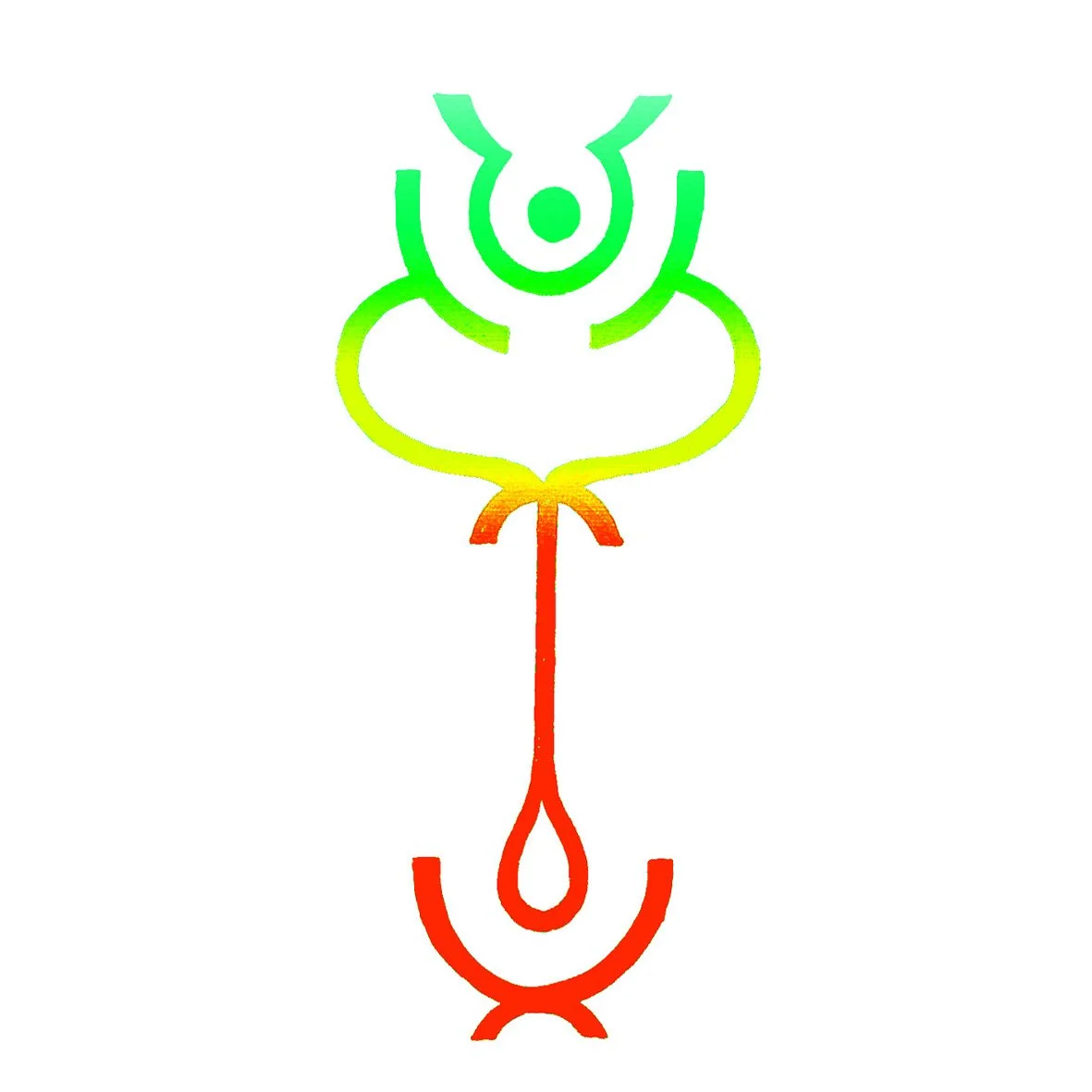MISTLETOE
Mirror: everything is reflected in everything else.
Nothing can be lost.
Everything is held safe.
Everything is mirrored.
The sun mirrored in moonlight.
Moonlight mirrored in water.
Water mirrored in the eye.
The eye mirrored in the sun.
The seed that contains the all: microcosm and macrocosm.
Held, well-regarded, belonging, placed, established.
One small thing overlooked can destroy all the good work done.
One small dissenting voice can make a difference to any plan.
Skill: Reflection
Failing: Assuming
Lesson: Where power resides.
Mistletoe (Viscum album), is a parasitic plant of fruit trees and soft-wooded trees particularly favouring poplars, limes and maples. It has a regular division of branches, twinned, leathery oval leaves with an inconspicuous flower becoming the sticky white poisonous fruits in between. It was one of the most important power plants of the Celts and appears often as a double-leaved motif in art. A variable plant, depending on the properties of its host tree, mistletoe alters protein synthesis, immune and circulatory systems. It lowers blood pressure, slows the heart, relaxes spasms, is sedative, diuretic and anti-cancer. It is warming externally, and a nerve tonic internally. The leaves and stems are used medicinally, but all parts are toxic and require careful dosage. Mistletoe, in Scandinavian myth, was overlooked when all beings promised not to harm Balder, the Sun God, and so it was used to slay him. It then became the charge of the goddess of love – a symbol of love and union (hence kissing). A lunar and a solar herb, neither on the ground nor in the sky, unifying winter and summer, moonlight and sunlight, female and male.


